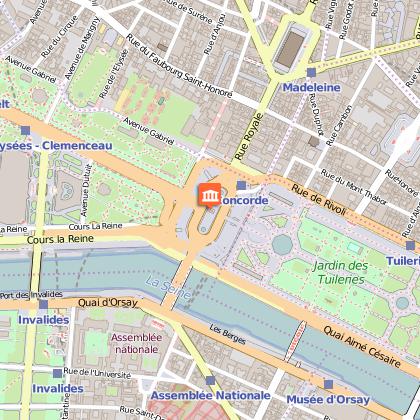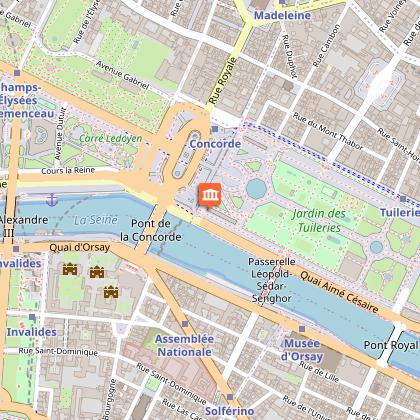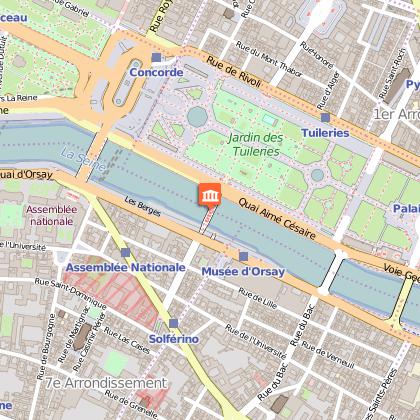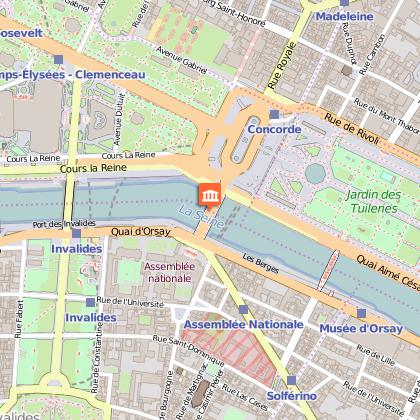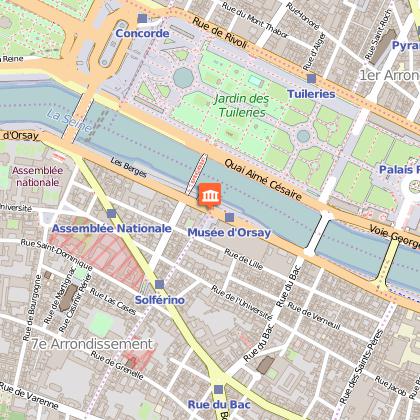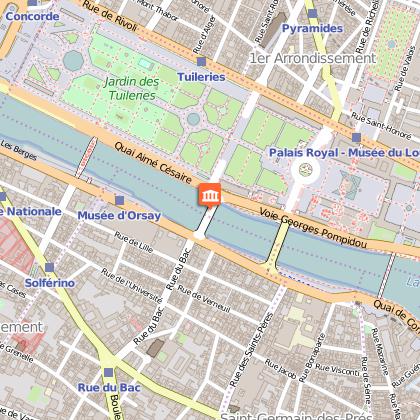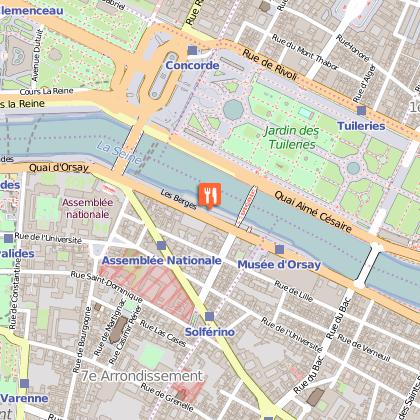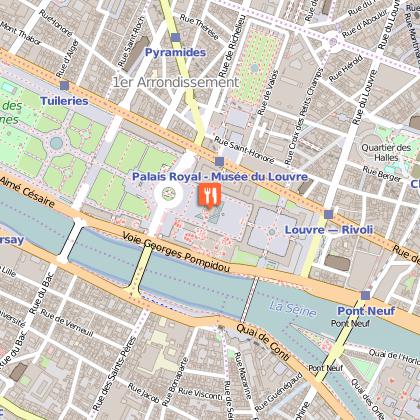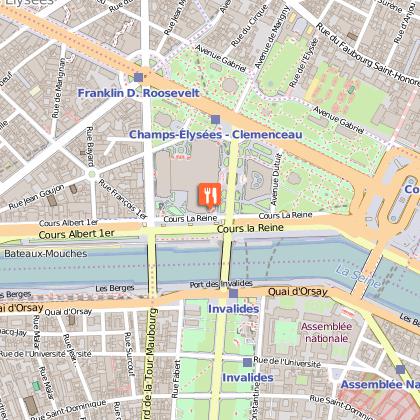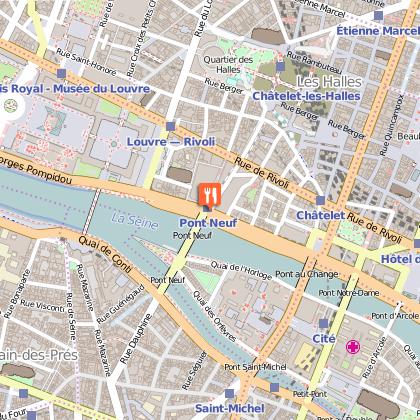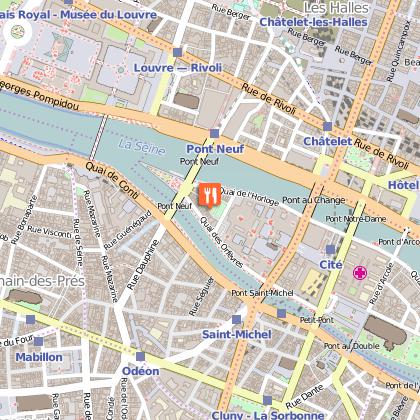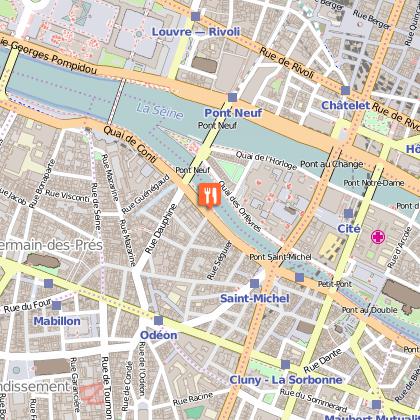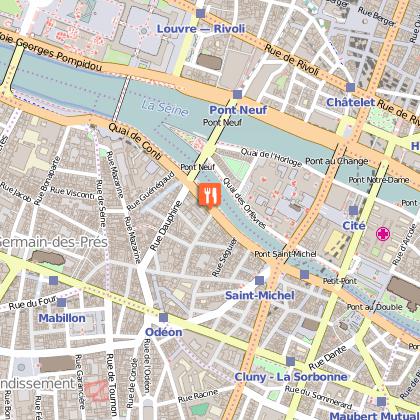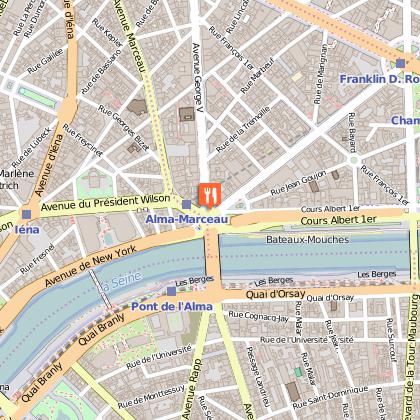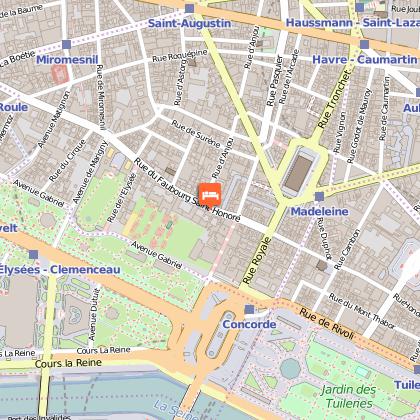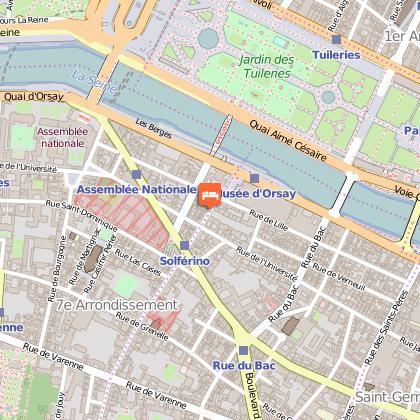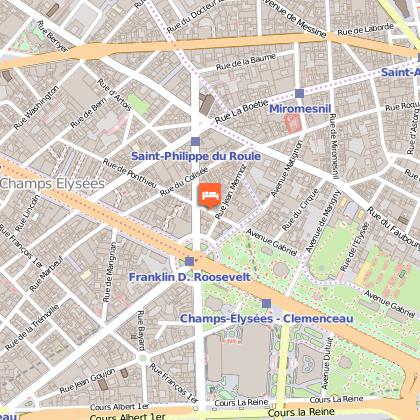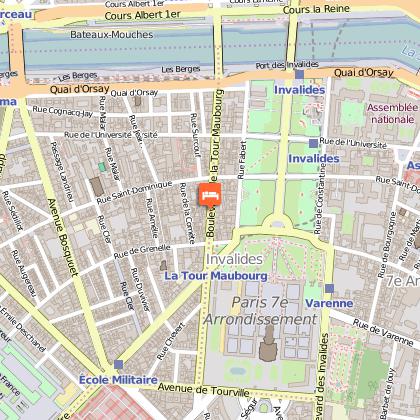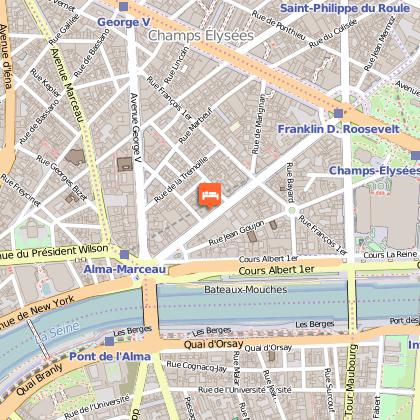Tours
Activities
Places of interest
Where to eat
Where to sleep
Explore Paris from Starhotels Castille Paris Hotel Restaurant
Are you the owner?Nestled in the heart of Paris' 1st arrondissement, Starhotels Castille Paris Hotel Restaurant immerses you in the vibrant and elegant atmosphere of the French capital. Just steps away, discover the Louvre Museum, home to iconic masterpieces such as the Mona Lisa. Stroll through the Tuileries Garden, a green gem perfect for a peaceful walk. For shopping enthusiasts, Rue Saint-Honoré awaits with its...See more
Walking around STARHOTELS CASTILLE PARIS HOTEL RESTAURANT
See more suggestionsWalks and discoveries in STARHOTELS CASTILLE PARIS HOTEL RESTAURANT.
See more suggestionsWhat to do in STARHOTELS CASTILLE PARIS HOTEL RESTAURANT
See more suggestionsRelax and have fun with the available activities in STARHOTELS CASTILLE PARIS HOTEL RESTAURANT.
See more suggestionsIGN cards

2314OT - PARIS FORÊT DE MEUDON FORÊT DE FAUSSES REPOSES
Editor : IGN
Collection : TOP 25 ET SÉRIE BLEUE
Scale : 1:25 000
13.90€

119 PARIS SENS PNR DU GÂTINAIS FRANÇAIS
Editor : IGN
Collection : TOP 100
Scale : 1:100 000
8.40€
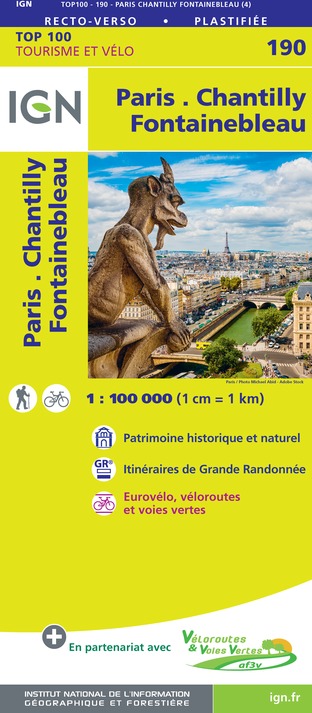
190 PARIS CHANTILLY FONTAINEBLEAU
Editor : IGN
Collection : TOP 100
Scale : 1:100 000
8.40€
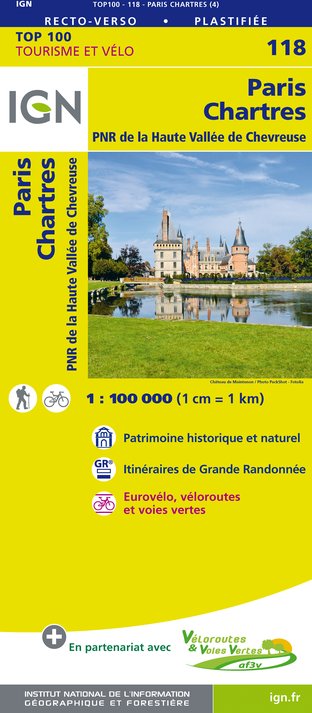
118 PARIS CHARTRES PNR DE LA HAUTE VALLÉE DE CHEVREUSE
Editor : IGN
Collection : TOP 100
Scale : 1:100 000
8.40€
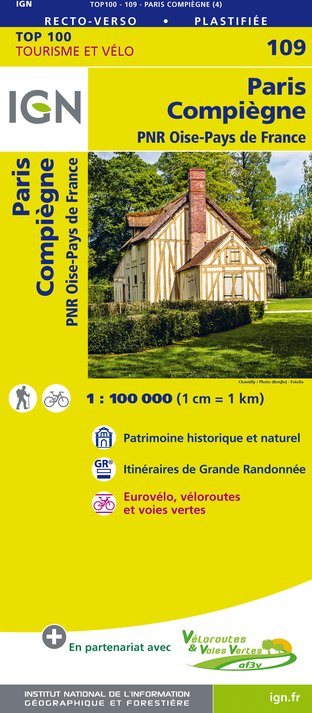
109 PARIS COMPIÈGNE PNR OISE-PAYS DE FRANCE
Editor : IGN
Collection : TOP 100
Scale : 1:100 000
8.40€
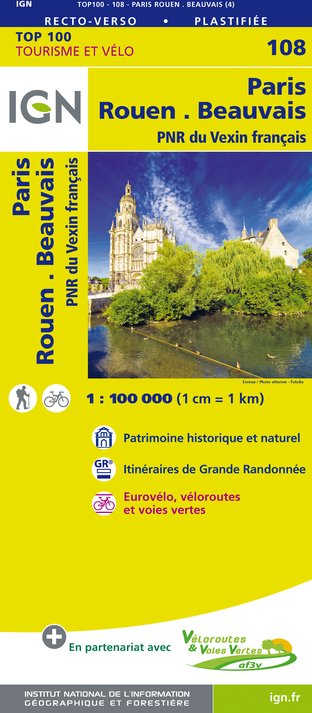
108 PARIS ROUEN BEAUVAIS PNR DU VEXIN FRANÇAIS
Editor : IGN
Collection : TOP 100
Scale : 1:100 000
8.40€

D75-95 ÎLE-DE-FRANCE OUEST
Editor : IGN
Collection : CARTES DÉPARTEMENTALES IGN
Scale : 1:150 000
5.90€

D28 EURE-ET-LOIR
Editor : IGN
Collection : CARTES DÉPARTEMENTALES IGN
Scale : 1:150 000
5.90€

D77 SEINE-ET-MARNE
Editor : IGN
Collection : CARTES DÉPARTEMENTALES IGN
Scale : 1:150 000
5.90€

NR01 HAUTS-DE-FRANCE
Editor : IGN
Collection : CARTES RÉGIONALES IGN
Scale : 1:250 000
6.80€
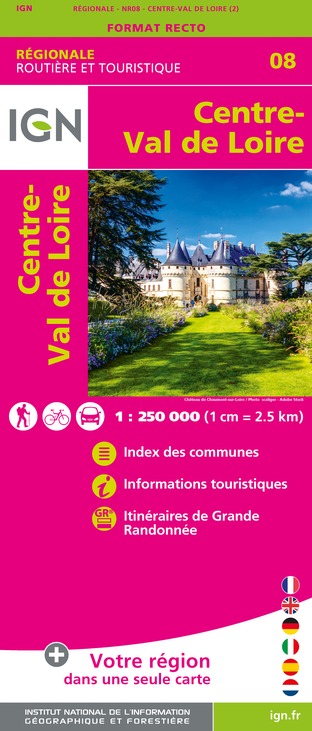
NR08 CENTRE-VAL DE LOIRE
Editor : IGN
Collection : CARTES RÉGIONALES IGN
Scale : 1:250 000
6.80€

NR03 ÍLE DE FRANCE
Editor : IGN
Collection : CARTES RÉGIONALES IGN
Scale : 1:250 000
6.80€
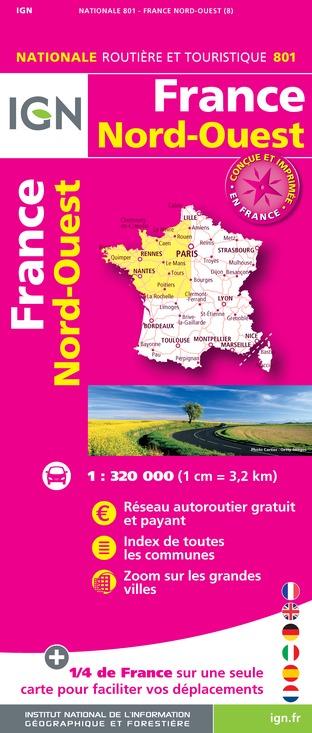
801 FRANCE NORD OUEST
Editor : IGN
Collection : CARTES NATIONALES IGN
Scale : 1:320 000
6.10€

EUROPE
Editor : IGN
Collection : DÉCOUVERTE DES PAYS DU MONDE IGN
Scale : 1:2 500 000
7.00€
What to visit in STARHOTELS CASTILLE PARIS HOTEL RESTAURANT
See more suggestionsExperience the annual festivals of STARHOTELS CASTILLE PARIS HOTEL RESTAURANT.
See more suggestionsWhere to eat in STARHOTELS CASTILLE PARIS HOTEL RESTAURANT
See more suggestionsA wide selection of restaurants awaits you in STARHOTELS CASTILLE PARIS HOTEL RESTAURANT.
See more suggestionsWhere to sleep in STARHOTELS CASTILLE PARIS HOTEL RESTAURANT
See more suggestionsFind lodging to suit your needs in STARHOTELS CASTILLE PARIS HOTEL RESTAURANT.
See more suggestions



















